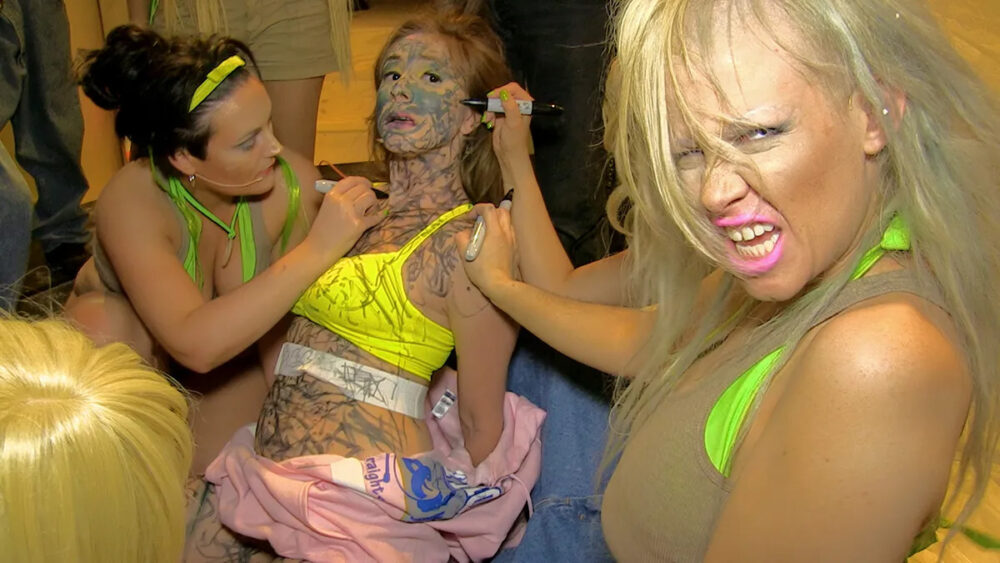
- Source: Artnews
- Author: Editors
- Date: March 5, 2025
- Format: Digital
The 100 Best Artworks
of the 21st Century
A global recession, a pandemic, 9/11, the Arab Spring, Brexit, the rise of Web 2.0, unrest in the face of economic stability, wars in Afghanistan, Ukraine, Gaza, and elsewhere: these were but a few of the many events that have defined the past 25 years, a period characterized by tumult and uncertainty. That all may explain why art appeared to change faster than ever all the while, with artists burning through styles and tendencies with each coming year.
With the 21st century now at the quarter point, we’ve taken the opportunity to pinpoint the greatest artworks of the past 25 years. Even though we set down some parameters for ourselves, it was no small task—one made more difficult by the restless creativity of artists during this period.
The joy of an epic list like this one is that it can’t encapsulate everything: we know we’ve left some artworks off, simply because there was no shortage to choose from. We hope you’ll discover some amazing pieces here, reflect on some that are much-loved already, and debate the merits of others. And moreover, we hope to learn of new artworks through the conversations we hope our list inspires.
Below, a look back at the greatest 100 artworks of the 21st century so far, as selected by the editors of ARTnews and Art in America.

Ryan Trecartin: CENTER JENNY, 2013. Photo credit: Courtesy Sprüth Magers and Morán Morán/©Ryan Trecartin
#23/100 RYAN TRECARTIN, CENTER JENNY, 2013
At the start of this video, nearly all the foul-mouthed, catty protagonists seem to be named Jenny. By the end, they take on other aliases. The fka-Jennys film each other, partake in dance-offs, lob insults, and drunkenly run through chroma-key green halls. Along the way, these characters paint their faces in tones ranging from pewter to green, don wigs, sport fake facial hair, and apply garish makeup. Like all Ryan Trecartin’s videos, Center Jenny epitomizes the frenetic pace and glut of options the internet enabled, emblematizing how people began to adopt personas as they broadcast themselves to the world. No surprise that most TikToks now look a lot like this video, with its chatterbox youths, cacophonous soundtrack, and twitchy editing style. —A.G.
This article features contributions from the following writers: Francesca Aton, Andy Battaglia, Daniel Cassady, Anne Doran, Sarah Douglas, Maximilíano Durón, Alex Greenberger, Harrison Jacobs, Tessa Solomon, and Emily Watlington.

